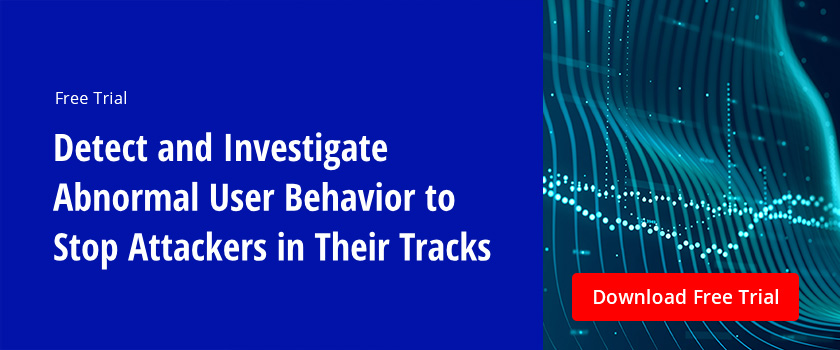Whether your IT infrastructure is on premises, in the cloud or hybrid, it is at risk of data breaches. By compromising a single user’s credentials, attackers can breach your organization’s network security and gain access to all the sensitive data the account can reach. The more powerful the stolen credentials, the more damage that can be done.
One way organizations attempt to protect themselves is by adopting a Zero Trust model. What is Zero Trust? Simply put, Zero Trust is a model in which your organization refuses to trust any entity, inside or outside its perimeter. Instead, you must authorize each request before allowing a connection to your network.
Unfortunately, several misconceptions have gotten in the way of organizations adopting the Zero Trust security framework. Let’s explore them one by one.
Myth #1. Zero Trust creates a culture of distrust
The first myth about Zero Trust is that it contributes to a poor company culture based on the idea that employees can’t be trusted. Indeed, Zero Trust does require organizations to carefully scrutinize everyone who attempts to access their network and monitor network traffic. But a Zero Trust architecture actually enables you to broaden the perimeter for legitimate users while blocking hackers from exploiting loopholes that occur as a result of blind trust.
Specifically, by using behavior-based analytics and privileged access monitoring in a Zero Trust network, you can improve and personalize access policies so that users are granted additional access to applications and data according to the trust they’ve earned and their business need.
Myth #2. Zero Trust focuses only on network segmentation
Although Zero Trust was originally limited to network segmentation and least privilege, it has evolved into broader model that takes into account many other aspects of the infrastructure. According to the Zero Trust eXtended Ecosystem report, the model includes seven pillars:
- Network security
- Data security
- Workload security
- Workforce security
- Device security
- Visibility and analytics
- Automation and orchestration
Myth #3. The Zero Trust model has declined in quality
After its debut in 2010, the Zero Trust model did go stale for a couple of years. However, more recently, more than two dozen identity and security providers came together to form the Identity Defined Security Alliance (IDSA). They created a framework for moving away from perimeter-based mindset and instead treating the network as an entity made up of many smaller perimeters, each with its own identity-centric security controls.
This framework offers a practical strategy for adopting Zero Trust because it is based on proper identity and access management. As a result, the Zero Trust model has earned multiple analyst endorsements, along with success stories from the likes of Google.
Myth #4. Zero Trust destroys the user experience
Many organizations worry that adopting a stringent security strategy like Zero Trust will curtail user productivity. However, when implemented properly, Zero Trust actually benefits users.
To deliver a user-friendly experience, organizations can combine risk-based authentication and machine learning technology to identify the risk posed by a user and quickly make access decisions. Often, this entails immediately allowing the request, which reduces waiting time for users. If risk is high, the system might require an additional authentication step, which facilitates productivity by not blocking access outright.
Final Words
While it’s essential to secure your perimeter to the best of your ability, you also need to defend against attackers who breach your defenses using compromised credentials. Zero Trust provides a modern approach to cybersecurity; its focus on identities rather than perimeters enables you to streamline access for legitimate users while blocking attackers.



